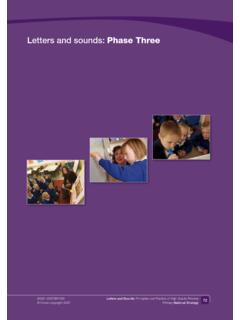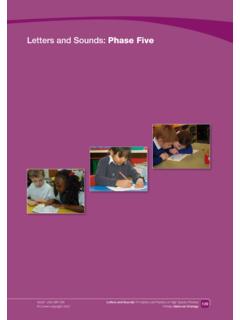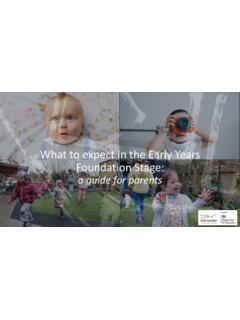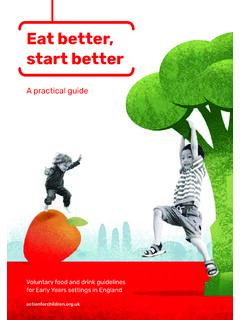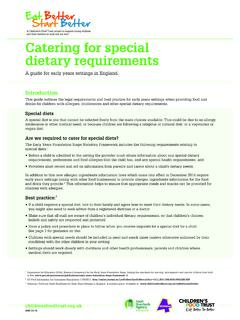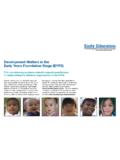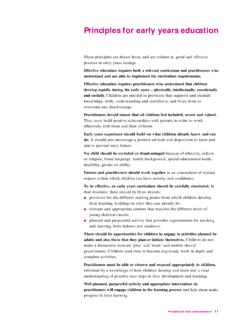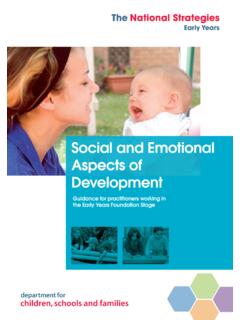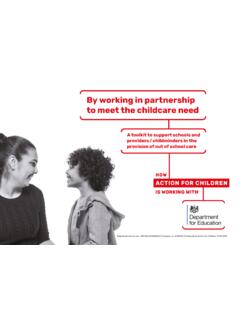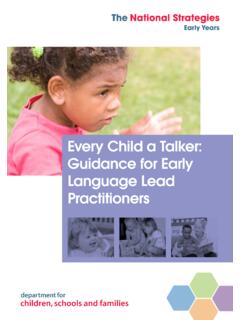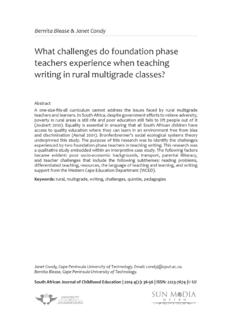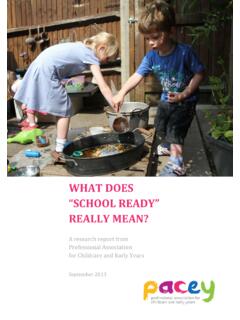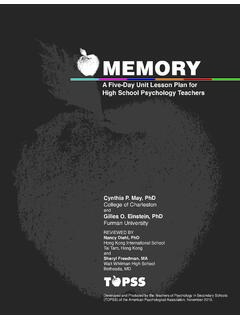Transcription of Letters and Sounds: Phase Four - Foundation Years
1 00281-2007 BKT-EN Crown copyright 2007 Letters and Sounds: Principles and Practice of High Quality PhonicsPrimary National Strategy 0 Letters and Sounds: Phase four 0 Letters and Sounds: Principles and Practice of High Quality PhonicsPrimary National Strategy00281-2007 BKT-EN Crown copyright 2007 Letters and Sounds: Phase FourPhase four ( weeks)Contents PageSummary 107 Suggested daily teaching in Phase four 107 Suggested timetable for Phase four discrete teaching 108 Practising grapheme recognition (for reading) and recall (for spelling) 109 Teaching blending for reading CVCC and CCVC words 110 Teaching segmenting for spelling CVCC and CCVC words 112 Practising reading and spelling words with adjacent consonants 113 Teaching and practising high-frequency (common)
2 Words 118 Practising reading and spelling two-syllable words 121 Practising reading and writing and sentences 122 Assessment 125 Bank of suggested words and sentences for use in Phase four 126 KeyThis icon indicates that the activity can be viewed on the DVD. 00281-2007 BKT-EN Crown copyright 2007 Letters and Sounds: Principles and Practice of High Quality PhonicsPrimary National StrategyLetters and Sounds: Phase four 0 SummaryChildren entering Phase four will be able to represent each of 42 phonemes by a grapheme, and be able to blend phonemes to read CVC words and segment CVC words for spelling.
3 They will have some experience in reading simple two-syllable words and captions. They will know letter names and be able to read and spell some tricky purpose of this Phase is to consolidate children s knowledge of graphemes in reading and spelling words containing adjacent consonants and polysyllabic teaching materials in this Phase provide a selection of suitable words containing adjacent consonants. These words are for using in the activities practising blending for reading and segmenting for spelling. This is not a list to be worked through slavishly but to be selected from as needed for an must always be remembered that phonics is the step up to word recognition.
4 Automatic reading of all words decodable and tricky is the ultimate daily teaching in Phase FourSequence of teaching in a discrete phonics sessionIntroduction Objectives and criteria for successRevisit and reviewTeachPractiseApplyAssess learning against criteriaRevisit and reviewPractise previously learned graphemesTeachTeach blending and segmentation of adjacent consonantsTeach some tricky words 0 Letters and Sounds: Principles and Practice of High Quality PhonicsPrimary National Strategy00281-2007 BKT-EN Crown copyright 2007 Letters and Sounds: Phase FourPractisePractise blending and reading words with adjacent consonantsPractise segmentation and spelling words with adjacent consonantsApplyRead or write sentences using one or more high-frequency words and words containing adjacent consonantsSuggested timetable for Phase four discrete teachingWeek Practise recognition and recall of Phase Two and Three graphemes and reading and spelling CVC words Teach and practise reading CVCC words Teach and practise spelling CVCC words Teach reading the tricky words said, so Teach spelling the tricky words he, she, we, me.
5 Be Practise reading and spelling high-frequency words Practise reading sentences Practise writing sentences Week Practise recognition and recall of Phase Two and Three graphemes and reading and spelling CVC words Teach and practise reading CCVC words Teach and practise spelling CCVC words Teach reading the tricky words have, like, some, come Teach spelling the tricky words was, you Practise reading and spelling high-frequency words Practise reading sentences Practise writing sentences Week Practise recognition and recall of Phase Two and Three graphemes Practise reading words containing adjacent consonants Practise spelling words containing adjacent consonants Teach reading the tricky words were, there, little, one Teach spelling the tricky words they, all.
6 Are Practise reading and spelling high-frequency words Practise reading sentences Practise writing sentences Week Practise recognition and recall of Phase Two and Three graphemes Practise reading words containing adjacent consonants Practise spelling words containing adjacent consonants Teach reading the tricky words do, when, out, what Teach spelling the tricky words my, her Practise reading and spelling high-frequency words Practise reading sentences Practise writing sentences 00281-2007 BKT-EN Crown copyright 2007 Letters and Sounds: Principles and Practice of High Quality PhonicsPrimary National StrategyLetters and Sounds.
7 Phase four 0 Practising grapheme recognition for reading and recall for spellingGrapheme recognitionFlashcardsPurposeTo say as quickly as possible the correct sound when a grapheme is displayedResourcesSet of A4 size cards, one for each grapheme, or graphemes stacked on interactive whiteboard screenProcedureHold up or slide into view the grapheme cards the children have learned, one at a the children to say, in chorus, the sound of the the speed of presentation so that children learn to respond of graphemesPointing stick/handProcedurePoint to or remotely highlight graphemes, one at a time at random, and ask the children to tell you their increase the could ask a child to be teacher as this gives you the opportunity to watch and assess the children as they respond.
8 0 Letters and Sounds: Principles and Practice of High Quality PhonicsPrimary National Strategy00281-2007 BKT-EN Crown copyright 2007 Letters and Sounds: Phase FourGrapheme recallQuickwrite graphemesResourcesSmall whiteboards, pens and wipes, one per child or pair of childrenProcedureSay the sound of a grapheme (with the mnemonic and action if necessary) and ask the children to write it, saying the letter formation patter as they do the children are sharing a whiteboard both write, one after the children have already learned the formation of the Letters that combine to form two- letter and three- letter graphemes but many may still need to say the mnemonic patter for the formation as they write.
9 When referring to the individual Letters in a grapheme, the children should be encouraged to use letter names (as the t in th does not have the sound of t as in top).If you have taught the necessary handwriting joins, it may, at this point, be helpful to teach the easier digraphs as joined units ( , , ai, ee, oa, oo, ow, oi see the reference to handwriting in Notes of Guidance for Practitioners and Teachers, page 15). blending for reading CVCC and CCVC wordsIt must always be remembered that phonics is the step up to fluent word recognition. Automatic and effortless reading of all words decodable and tricky is the ultimate goal.
10 By repeated sounding and blending of words, children get to know them, and once this happens, they should be encouraged to read them straight off in reading text, rather than continuing to sound and lend them aloud because they feel that this is what is required. They should continue, however, to use overt or silent phonics for those words which are Crown copyright 2007 Letters and Sounds: Principles and Practice of High Quality PhonicsPrimary National StrategyLetters and Sounds: Phase four CCVC wordsProcedureDisplay a CVC word on the whiteboard which can be preceded by one consonant to become a CCVC word ( spot).
